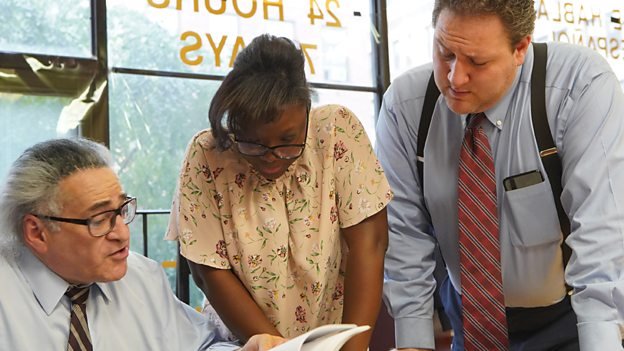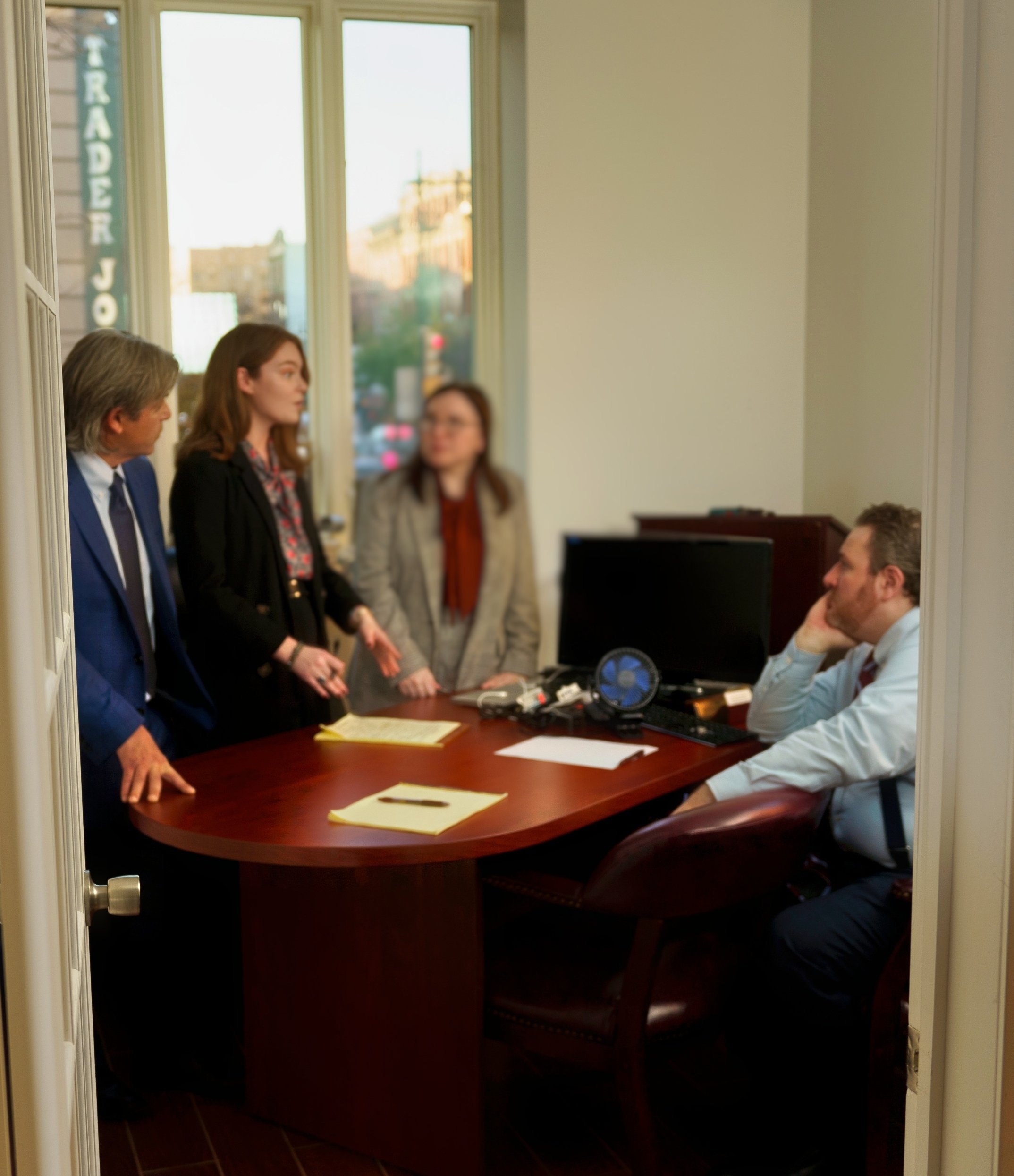Motions To Vacate As Postconviction Relief
“To open blind eyes, to bring prisoners out of a dungeon, those who sit in darkness out of a prison.”
– Isaiah 42
With our faith as a strong underpinning in our law practice, the words above capture the spirit of our purpose and passion when we represent people facing criminal convictions.

In both the federal and state courts, you generally have an opportunity to appeal your case to a higher court, albeit under strict jurisdictional time frames. But, it is important to understand that appellate review is not the only way to ameliorate an unjust outcome, whether your conviction is the result of state or federal errors.
Is A Motion To Vacate Appropriate In Your Case?
One of the most common methods for exonerating an individual wrongfully convicted under New York law is through a motion to vacate a conviction pursuant to Section 440.10 of the Criminal Procedure Law. In that statute, there are about ten grounds for vacating a wrongful criminal conviction, many of which permit the petitioner to create their own record of evidence beyond the original trial record.

This new evidence can include violations of constitutional rights, DNA results showing that the original conviction was unjust, or evidence corroborating the actual innocence of the petitioner. Exoneration law is not based on black-and-white rules of procedure like some cases may lead you to believe; it is an ever-growing field of factual and legal evolution, where new standards, new exceptions, and unwritten rules govern the deliberation of innocence on a case by case basis, despite what one case of yesteryear might say.
The Difference Your Law Firm Can Make
A skilled exoneration attorney looks at all the case law to develop a creative set of arguments in favor of full exoneration on the merits — focusing on substance and truth over mere formalities of past procedure.
Many of the false convictions we read about in the media were achieved through the filing of CPL 440.10 application to a trial court of the appropriate state court of jurisdiction. If the trial court finds that the petitioner’s motion shows sufficient proof of an unjust conviction, the trial court may then vacate the conviction. The District Attorney’s Office will then have an opportunity to seek continued detainment of the petitioner while they appeal the matter to a higher court. Upon a favorable finding by the higher court, the petitioner’s conviction is vacated, and if detained, the petitioner is released from prison.
Below is an example of a postjudgment application presented in state court.

Like an appeal, a CPL 440.10 exoneration application in New York state courts is time-consuming, because the law office must perform due diligence to properly investigate the case and obtain all relevant records.
Oftentimes, our lawyers will work for three or more months to obtain all relevant case records from the county court, including discovery, transcripts, prior appellate paperwork and so on.
After receiving all the relevant records, our team will budget time to learn the case file through a team-driven approach to document review, investigation, and legal research; sometimes, this requires the attorney or their investigator to contact witnesses, hire experts, or visit the scene of the original incident. In consultation with the client, our team will then put together a draft of exhibits and legal arguments that form the basis of the motion; any missing items or remaining questions are hopefully resolved at this point — some six months or more after the work began.
It is not uncommon for a CPL 440.10 action to take more than a year to file before a trial court, and even then, there may be new evidence or expert requirements that arise over the course of the investigation.
Get Our Postconviction Relief Attorneys At Work On Your Case
With the right level of research, investigative diligence, and planning, a CPL 440.10 state exoneration motion can mean the difference between prison and freedom.
To schedule a consultation, call Rosenberg Law Firm at 718-962-0411 or complete our online inquiry form.

